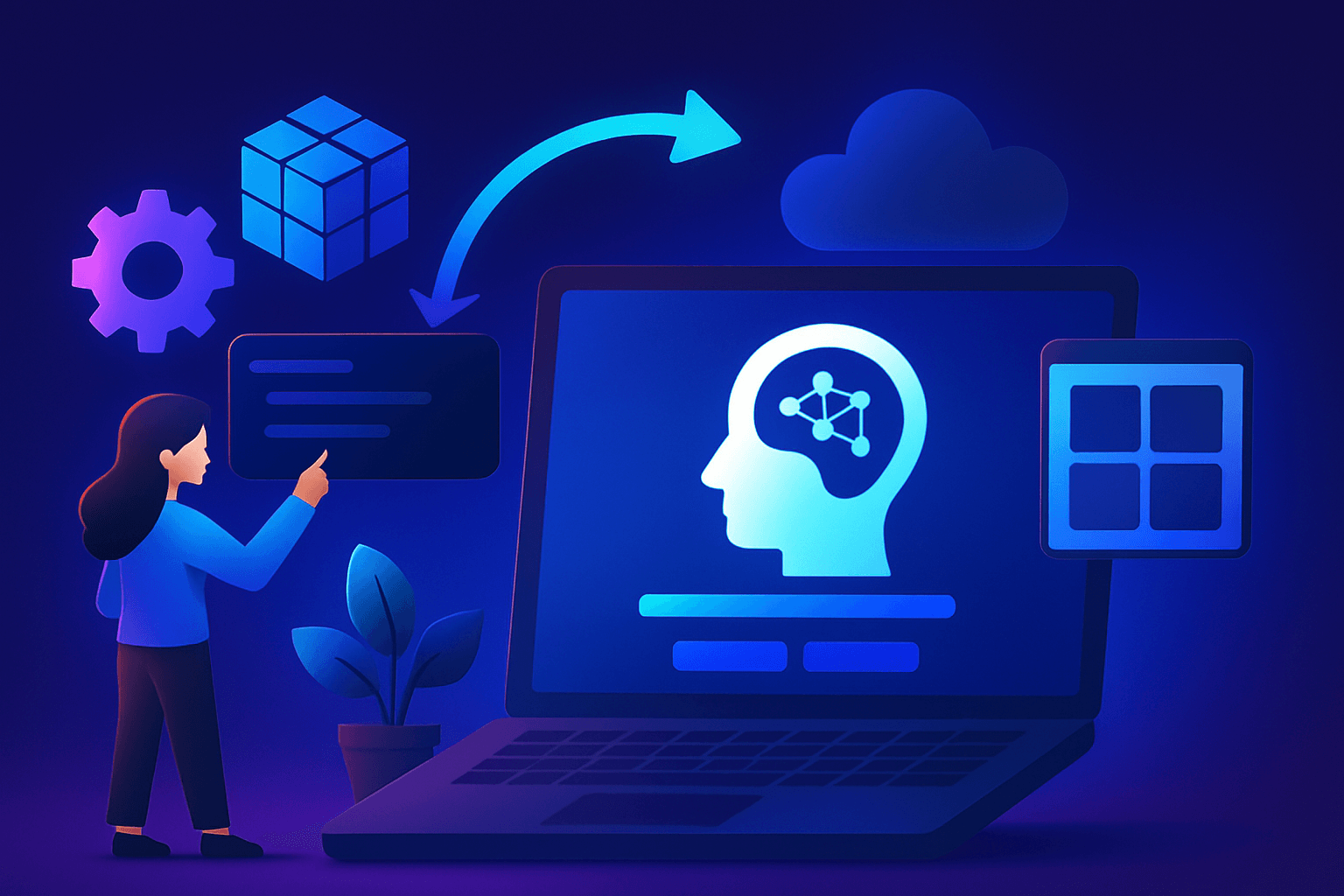Non-infectious diseases like heart ailments, obesity, diabetes and cancer cause 70% of deaths globally. Yes, they are quite more dangerous than pandemics. Despite increasing investments in healthcare, these problems persist because of poor lifestyle choices such as too many sedentary activities, an unbalanced diet and smoking.
Now, the advancement in AI technologies is helping individuals to improve on all these factors. So now, you are wondering how AI is helping here; well, read on to learn more.
Ambivalence is what stops you from having a healthier lifestyle
Ambivalence is the gap between the aspiration to change actions and the apparent barriers to doing the same. It can be changed through inspirational interaction. This is very useful in making long-term changes justifiable. However, this type of involvement is usually done face-to-face, so most of the population is bereft of it.
How health apps help reduce ailments
A solution to this is that health apps are available for free online. The goal of these online apps is that their platforms help patients make a wellness plan and follow it. This way, the person can implement healthier habits.
All health apps have one great feature. They use an enthusiastic way of communicating. This is great because it increases the underlying motivation of a person, and it also reduces ambivalence about incorporating healthy habits into your lifestyle. In addition, these apps use AI to understand non-verbal forms of the language.
All these changes can be attributed to the recent technological advancement in machine learning models, which will understand ambivalence and other related emotional expressions and will provide basic data for training the AI system of these online health apps.
What are the features of the AI system for online health apps?
- Building ML models without observations
There is no relatable data about ambivalence expressions in the public databases. Therefore, the researchers and the builders of health AI systems had to painstakingly collect the description of expressions. This is also an expensive process where deep learning models are trained to interpret data with weak or no annotations.
- Automatically detecting expressions
The AI system of these health apps can detect expressions from face-to-face interviews where it studies the applicant’s body language, like facial expressions or shrugging of shoulders, the hesitant tone in the voice, the lack of participation, etc. It will alert the AI system and those asking the questions to understand the signs of ambivalence.
- Customisation of deep learning models to understand individual expressions and the environment
The deep learning models have to be customised to the inclusion of differences in individual expressions based on age, gender, race, ethnicity and culture using different types of devices, sensors and the environment in which the images and sounds are collected.
- Fusing different sources of data
The body language and the tone of conversation provide the necessary cues to a person’s mental state. Fusing multimodal data, both visual and audio, along with time and space, will improve the precision and strength of the automatic expression detection system.
Final Words
The main objective of health apps using AI is to familiarise online health involvement in response to ambivalence arising due to changes in behaviour. In addition, it will help follow various health measures and improve the quality of a patient’s life by incorporating successful changes in lifestyle and extending their lives. So, if you are interested in learning more about such advancements and the implementation of AI, you can head over to E2E Networks website.
Reference Links
https://substance.etsmtl.ca/en/adopting-a-healthy-lifestyle-with-the-help-of-artificial-intelligence
https://hbr.org/2019/10/adopting-ai-in-health-care-will-be-slow-and-difficult
https://www.ncbi.nlm.nih.gov/pmc/articles/PMC8656642/
https://yourstory.com/2021/11/ai-power-future-fitness-wellbeing/amp









